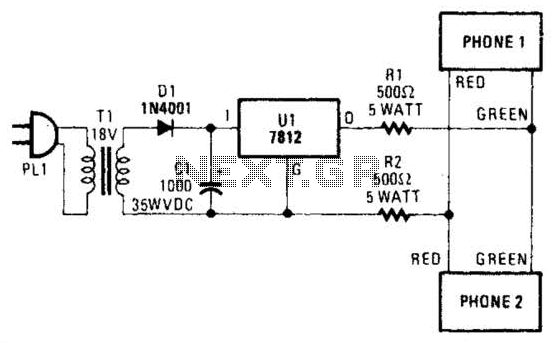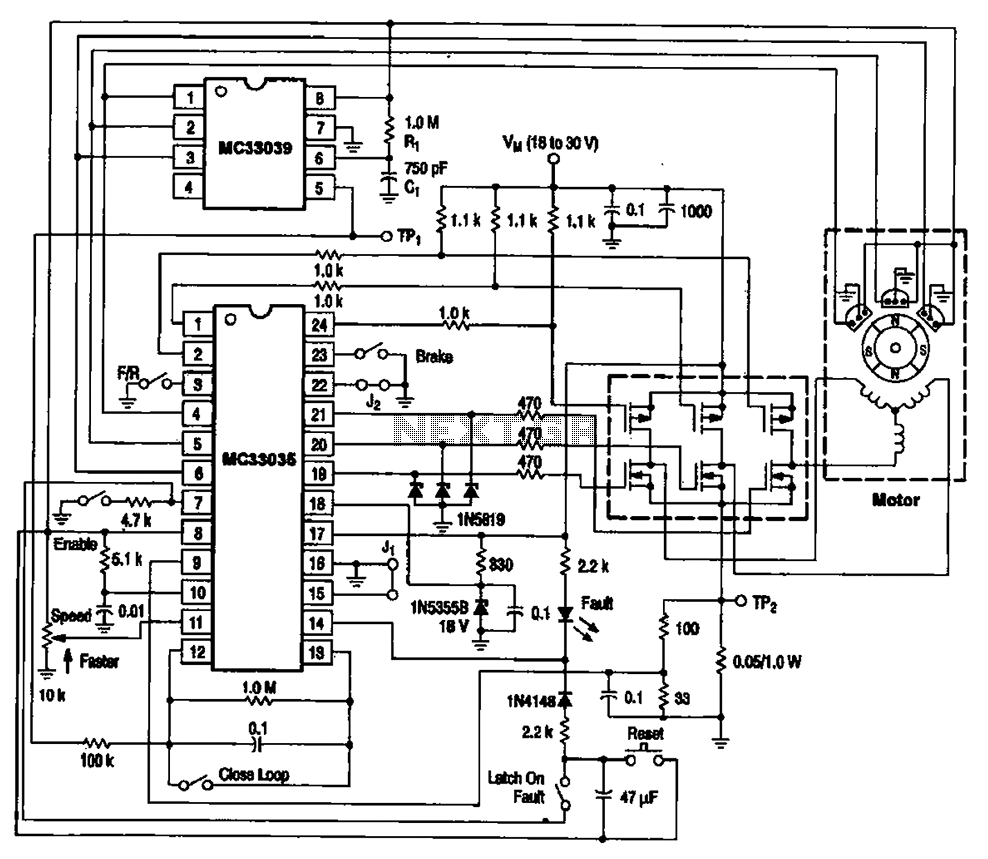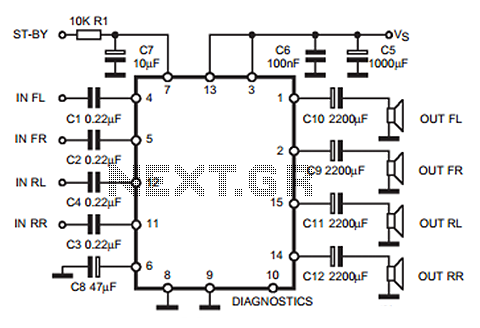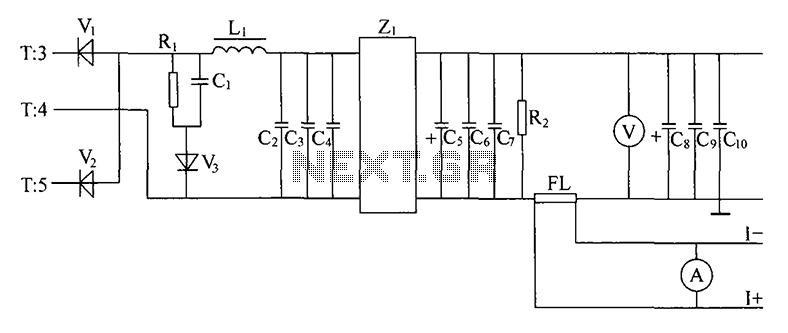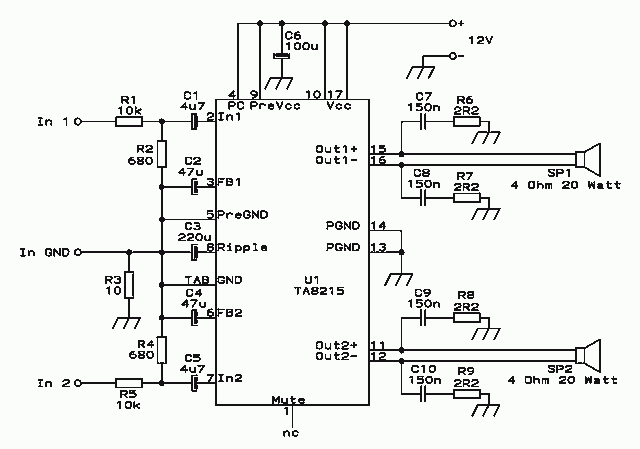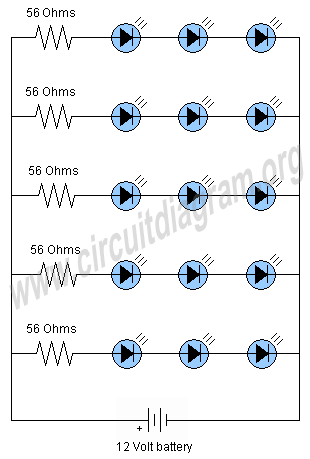
power mosfet circuit
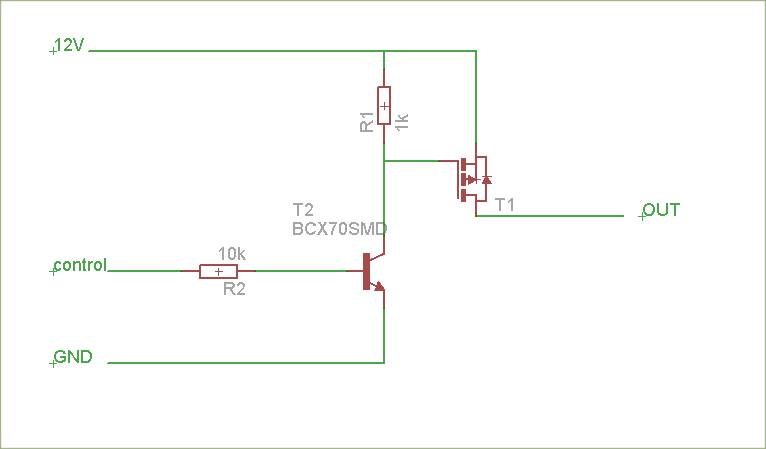
The schematic is attached. Suggestions for improvements are requested, particularly for adding reverse polarity connection protection. The logic level inputs (5 V) are designed to control two output voltages (12 V) using P-channel MOSFETs. The P-channel MOSFETs are ON (conducting) when the gate-source voltage is negative, indicating that the MOSFET will be OFF when the output of the MOSFET driver is high (12 V). Reference is made to the MCP14E3 datasheet, specifically table 4-1, to confirm this behavior. Additionally, the MOSFET driver circuit is designed for fast switching operations. A query is raised regarding the necessity of fast switching if the power is only switched on and off infrequently (for instance, at less than 1 kHz), suggesting that the circuit could be significantly simplified.
In the proposed circuit, the P-channel MOSFETs serve as the primary switching elements for controlling the output voltages. It is crucial to ensure that the gate-source voltage (Vgs) is correctly managed to achieve the desired ON and OFF states of the MOSFETs. When the gate voltage is lower than the source voltage by the threshold voltage of the MOSFET, the device will turn ON, allowing current to flow from the source to the drain. Conversely, when the gate voltage is equal to or higher than the source voltage, the MOSFET turns OFF, interrupting the current flow.
To implement reverse polarity protection, a common solution is to introduce a diode in series with the power supply. This diode will block any reverse current that could damage the MOSFETs or other components in the circuit. An alternative method is to use a P-channel MOSFET in a high-side configuration, which can also provide reverse polarity protection when correctly biased.
Given that the switching frequency is low (less than 1 kHz), the design can be simplified by removing components that are necessary for high-frequency operation. This includes reconsidering the need for a fast MOSFET driver, which may not be required for applications that do not demand rapid switching. Instead, a simpler approach could involve directly driving the gate of the P-channel MOSFET using a resistor and a pull-down configuration to ensure that the gate is pulled to ground when the control signal is low.
In summary, the circuit can be optimized by ensuring proper gate voltage management, integrating reverse polarity protection, and simplifying the driver circuitry for low-frequency applications. This approach will enhance reliability while reducing component count and complexity.The schematic is attached, I`d like to have a suggestion if any improvement could be made, in particular I`d need to add a reverse polarity connection protection. I`m not a MOSFET expert, but: from the schematic I take it that the logic level inputs (5 V) are meant to control two output voltages (12V) via P-channel MOSFETs.
1) The P-channel MOSFET s are ON (conducting) when the gate-source voltage is negative. This means that the MOSFET will be OFF when the output of the MOSFET driver is high (12 V). See datahseet of the MCP14E3, table 4-1. I don`t know whether you are aware of this and whether this is the intended behaviour. 2) The MOSFET driver circuit is meant for fast switching operation. Do you really need to switch power very fast If you are only going to switch power on and off now and then (meaning at less than e. g. 1 kHz), you can simplify the circuit tremendously: 🔗 External reference
In the proposed circuit, the P-channel MOSFETs serve as the primary switching elements for controlling the output voltages. It is crucial to ensure that the gate-source voltage (Vgs) is correctly managed to achieve the desired ON and OFF states of the MOSFETs. When the gate voltage is lower than the source voltage by the threshold voltage of the MOSFET, the device will turn ON, allowing current to flow from the source to the drain. Conversely, when the gate voltage is equal to or higher than the source voltage, the MOSFET turns OFF, interrupting the current flow.
To implement reverse polarity protection, a common solution is to introduce a diode in series with the power supply. This diode will block any reverse current that could damage the MOSFETs or other components in the circuit. An alternative method is to use a P-channel MOSFET in a high-side configuration, which can also provide reverse polarity protection when correctly biased.
Given that the switching frequency is low (less than 1 kHz), the design can be simplified by removing components that are necessary for high-frequency operation. This includes reconsidering the need for a fast MOSFET driver, which may not be required for applications that do not demand rapid switching. Instead, a simpler approach could involve directly driving the gate of the P-channel MOSFET using a resistor and a pull-down configuration to ensure that the gate is pulled to ground when the control signal is low.
In summary, the circuit can be optimized by ensuring proper gate voltage management, integrating reverse polarity protection, and simplifying the driver circuitry for low-frequency applications. This approach will enhance reliability while reducing component count and complexity.The schematic is attached, I`d like to have a suggestion if any improvement could be made, in particular I`d need to add a reverse polarity connection protection. I`m not a MOSFET expert, but: from the schematic I take it that the logic level inputs (5 V) are meant to control two output voltages (12V) via P-channel MOSFETs.
1) The P-channel MOSFET s are ON (conducting) when the gate-source voltage is negative. This means that the MOSFET will be OFF when the output of the MOSFET driver is high (12 V). See datahseet of the MCP14E3, table 4-1. I don`t know whether you are aware of this and whether this is the intended behaviour. 2) The MOSFET driver circuit is meant for fast switching operation. Do you really need to switch power very fast If you are only going to switch power on and off now and then (meaning at less than e. g. 1 kHz), you can simplify the circuit tremendously: 🔗 External reference
